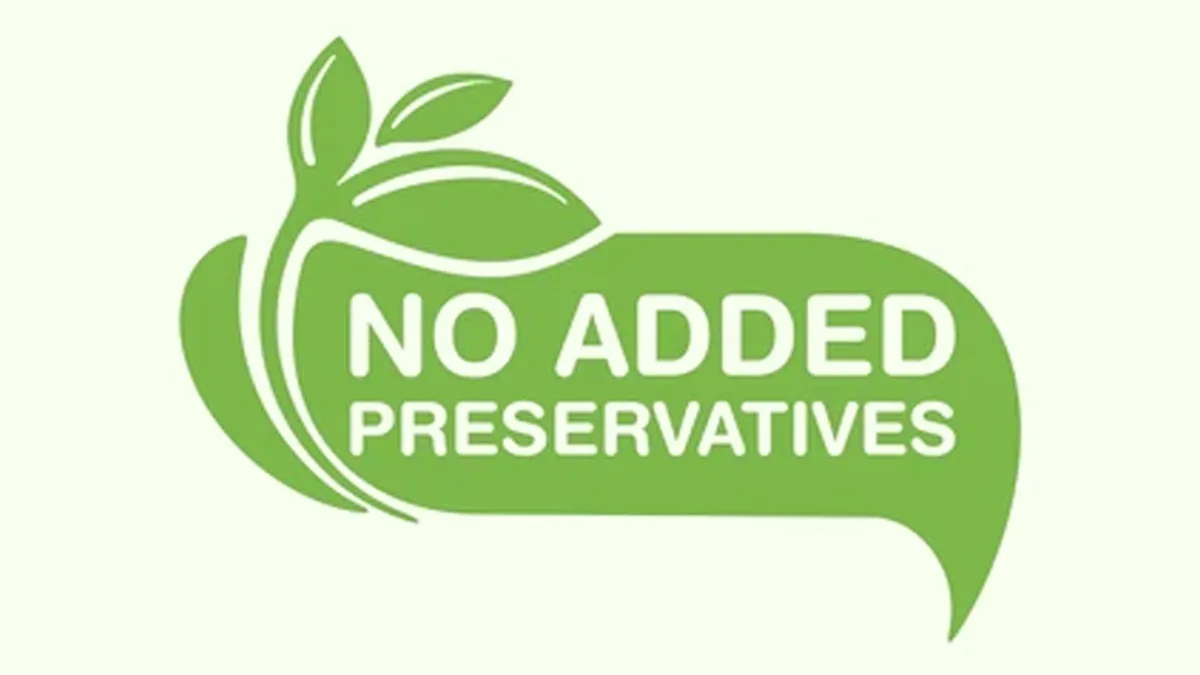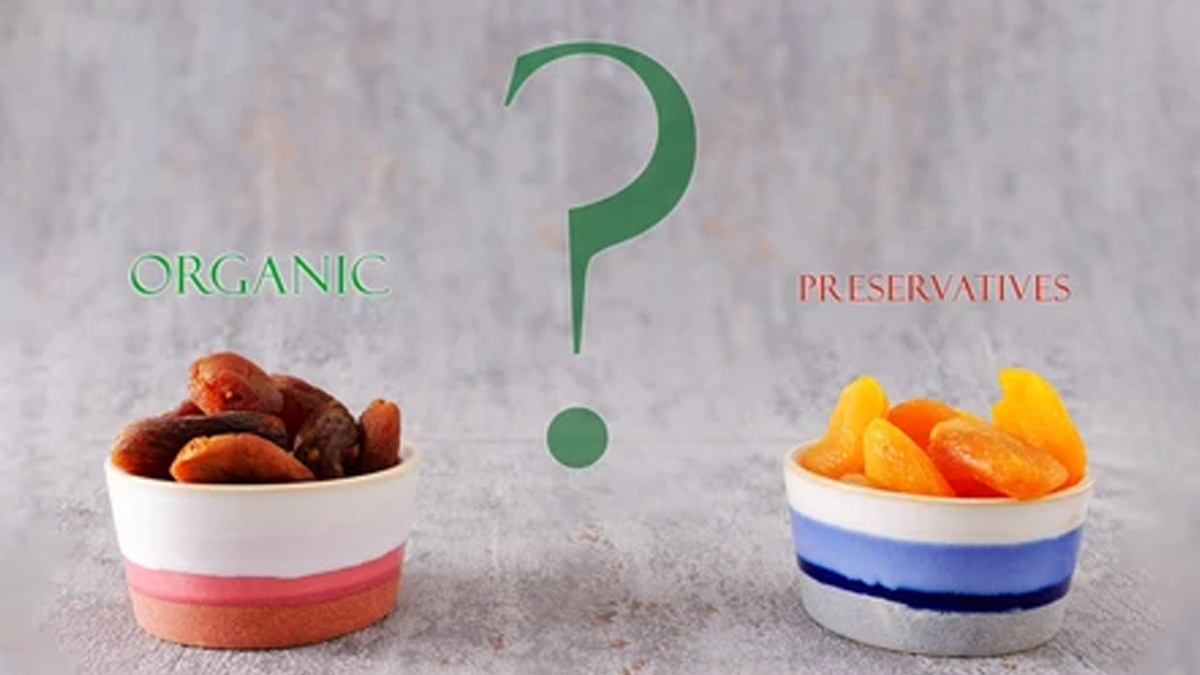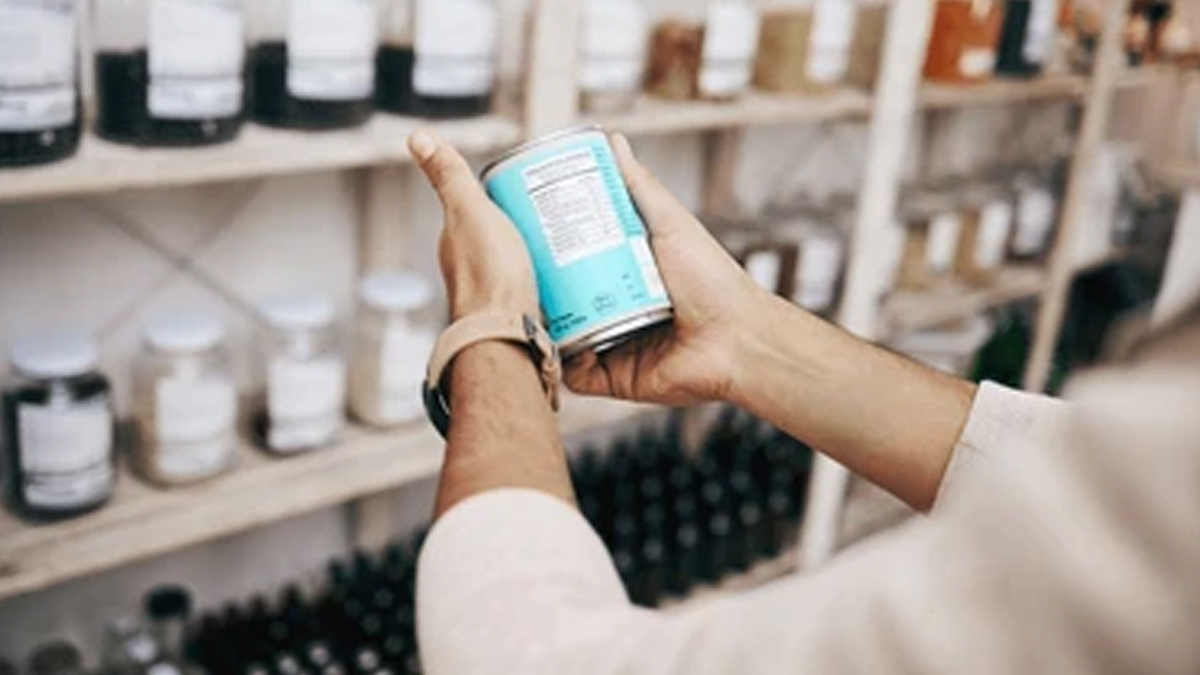
In today's world, packaged and processed foods have found their way into many homes. Convenient as they are, they tend to have a hidden disadvantage of preservatives. These are chemical compounds used to prolong shelf life and keep food from spoilage, yet excessive use of artificial preservatives can have possible health consequences. Switching to a clean-label diet, free of detrimental additives, can enhance overall well-being.
Table of Content:-
We spoke to Dr Dhara Panchal, MD, Founder and Director, Nitzana, who discussed the various kinds of preservatives, their impact on health, and practical steps to adopt preservative-free living.
Natural vs Artificial Preservatives

"All preservatives are not harmful. In fact, for centuries, natural preservation methods have been employed to preserve food. However, today, commercial food production relies heavily on artificial preservatives, which have serious long-term health implications," added Dr Panchal.
Natural Preservatives
Here are some of the most widespread natural preservatives:
- Salt: Used in pickles, cured meats, and fermented products.
- Sugar: Preserves jam, jelly, and syrup.
- Vinegar: Prevents bacterial growth in pickles and sauces.
- Lemon Juice (Ascorbic Acid): Helps keep fruits and vegetables fresh.
Even though these methods are still common, dietary advice usually recommends cutting down on salt and sugar to help protect blood pressure and overall metabolic health.
Artificial Preservatives
While natural preservatives are produced naturally to lengthen shelf life and maintain food quality, artificial preservatives are synthesised chemically to provide the same. They can be divided into various categories according to their function:
1. Antimicrobials – Fighting Bacteria, Mould, and Yeast
These preservatives slow down the growth of harmful germs, helping food stay fresh longer. Examples include:
- Benzoates (sodium benzoate): Used in soft drinks, fruit juices, and acidic foods.
- Sorbates (potassium sorbate): Applied to dairy, baked foods, and wine.
- Propionates (calcium propionate): Used in bakery products to prevent mould growth.
2. Antioxidants – Preventing Rancidity and Spoilage
Oxygen exposure can cause foods to spoil, resulting in a foul taste and texture. These antioxidants slow down the oxidation process:
- BHA (Butylated Hydroxyanisole) and BHT (Butylated Hydroxytoluene): They are commonly added to cooking oils, packaged snacks, and breakfast cereals to help extend shelf life.
- TBHQ (Tertiary Butylhydroquinone): Used in processed foods like frozen meals and chips.
3. Sulphur Compounds – Preserving Colour and Texture
These compounds help keep certain foods looking fresh and maintain their colour:
Sulphites (sodium sulphite, sulphur dioxide): Used in dried fruits, wine, and canned vegetables.
4. Nitrites and Nitrates – Enhancing Processed Meat Products
These preservatives are added to processed meats to inhibit bacterial growth and improve colour.
Sodium nitrite and sodium nitrate: Found in bacon, ham, hot dogs, and deli meats.
Potential Health Concerns of Artificial Preservatives
Though artificial preservatives assist in maintaining food safety, they are also associated with several health issues when eaten in excess. Some of the potential risks are as follows:
- Allergic reactions: Certain preservatives, like sulphites, can cause respiratory problems in susceptible individuals.
- Digestive issues: Some individuals feel bloated or experience stomach discomfort after eating highly processed foods.
- Long-term health risks: Nitrites may be used to create nitrosamines, chemicals that have been associated with a higher risk of cancer. A meta-analysis in Toxics revealed that dietary consumption of nitrite is linked with increased risks of gastrointestinal cancers, such as gastric and oesophagal cancers.
- Controversial preservatives: BHA and BHT, widely used in snacks and cereals, have been researched for their carcinogenic potential. The US National Toxicology Program's 15th Report on Carcinogens places BHA as 'reasonably anticipated to be a human carcinogen,' according to studies in which it caused tumours in rodents' forestomach.
Against a backdrop of growing awareness of such problems, clean-label foods that are preservative-free and centred on natural ingredients are becoming increasingly popular.
How to Make the Switch to a Clean-Label Diet
Switching to preservative-free living doesn't need to be intimidating. Here are some simple steps shared by the expert to guide you through the process:

1. Check Food Labels
"Begin by scanning ingredient labels on packaged foods. Pay attention to chemical names, such as BHA, BHT, sodium benzoate, and nitrites, these are signs of artificial preservative usage. Select products bearing the 'preservative-free' or 'clean-label' tag," added Dr Panchal.
2. Opt for Fresh, Whole Foods
Focus on eating fresh, natural foods like fruits, vegetables, whole grains, and lean meats. The less processed a food is, the fewer preservatives it will have.
3. Choose Natural Alternatives
Rather than depending on artificially preserved foods, use natural preservation methods:
- Lemon juice or vinegar can be used as substitutes for chemical preservatives.
- Store food in the fridge or freezer instead of relying on products that have a long shelf life.
- Cook foods at home from whole, fresh ingredients.
4. Reduce Packaged and Processed Foods
"Processed foods, such as snacks, ready-to-eat foods, and processed meats contain artificial preservatives. Hence, avoid consuming them as much as possible and substitute them with homemade or minimally processed foods," said Dr Panchal.
5. Support Clean-Label Brands
Most food brands today give importance to natural, preservative-free products. Therefore, look for companies that emphasise clean-label, organic, and minimally processed ingredients.
Bottomline
Dr Panchal concluded, "Living a preservative-free life is not a fad, it's a step towards good health and responsible eating. Preservative artificial foods do have a place in food safety, but excessive consumption might be a possible risk. Making informed choices, eating fresh natural foods, and using old preservation methods can promote a healthy diet with no unwanted additives."
[Disclaimer: This article contains information provided by an expert and is for informational purposes only. Hence, we advise you to consult your professional if you are dealing with any health issue to avoid complications.]
Also watch this video
How we keep this article up to date:
We work with experts and keep a close eye on the latest in health and wellness. Whenever there is a new research or helpful information, we update our articles with accurate and useful advice.
Current Version